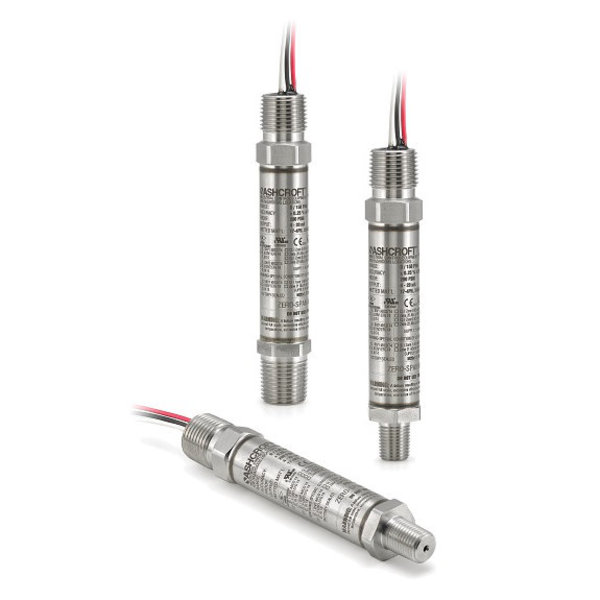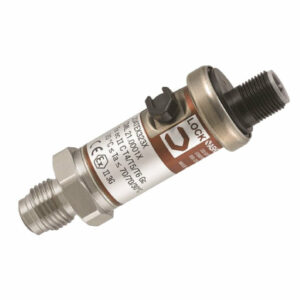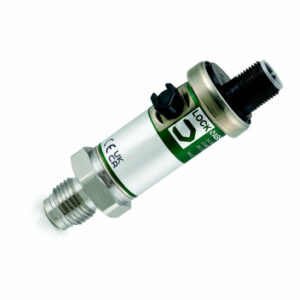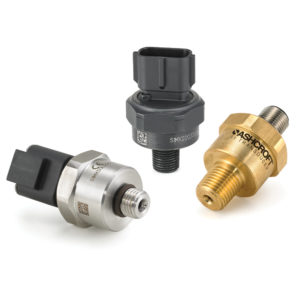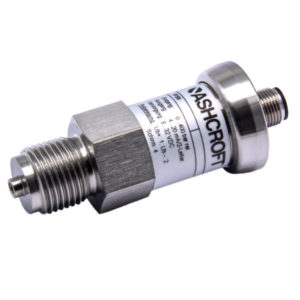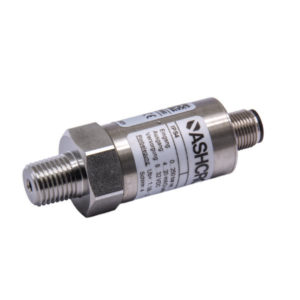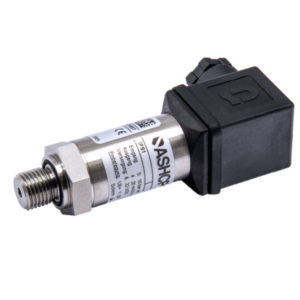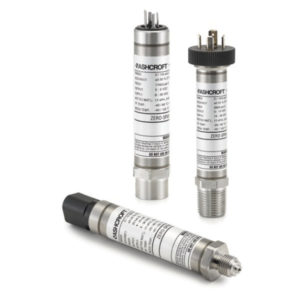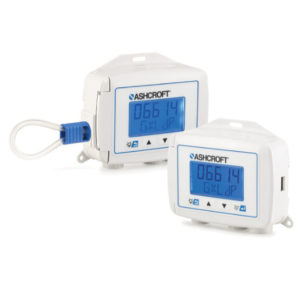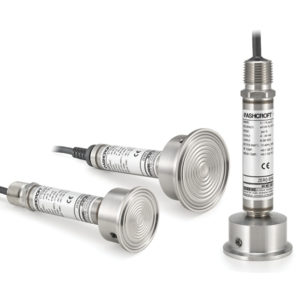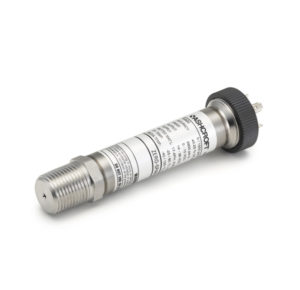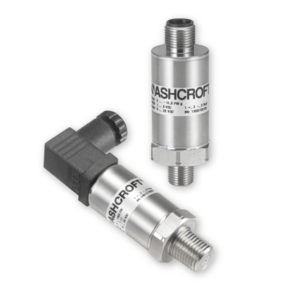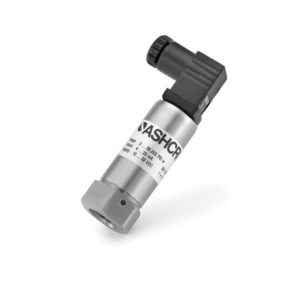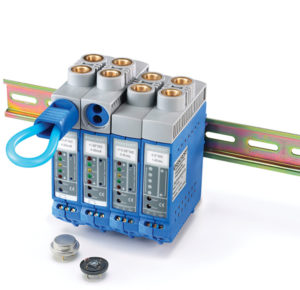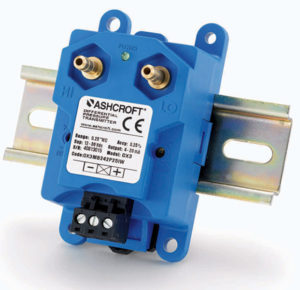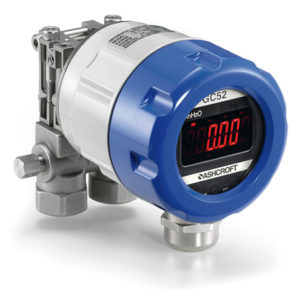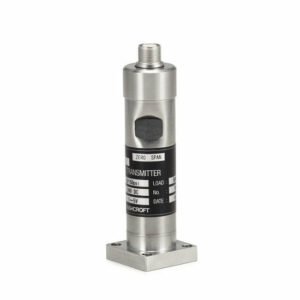

E2X and E2F Explosion-Proof Pressure Transducer
E2X and E2F Explosion-Proof Pressure Transducer
Industrial and OEM Applications:
- Oil Field Equipment
Process Applications:
- Upstream Oil and Gas Production
- Natural Gas Compression and Transfer Control
- Alternative Energy
- Process & Pneumatic Sensing
- Hydrogen applications
Data Sheets
Installation + Maintenance
Declaration of Conformity
- 📄 EU Declaration of Conformity CE E2 🇬🇧
- 📄 EU ATEX declaration of conformity E2S 🇬🇧
- 📄 SIL certificate E2 pressure transducer 🇬🇧
Industry Brochures
Product + Technical Information
Key Features
External magnetic offset and span adjustment
Custom cable lengths
Uses Ashcroft’s proven polysilicon thin film technology
E2X – FM, ATEX and IECEx dual Flameproof/Intrinsically Safe approval
E2F – FM, ATEX and IECEx flameproof approval
316L stainless steel enclosure provides uncompromising protection
TruAccuracy™ performance ensures the transducer meets its rated accuracy out of the box and is ready for installation with no additional calibration adjustments required.
Markets & Applications
Machine Automation
Hydrogen and Technical Gases
Pumps and Compressors
HVAC-R
Chemical and Petrochemical
Energy
Oil and Gas
Offshore Oil and Gas
Natural Gas Transmission and LNG
- Specifications
- Downloads
Case or Body Material
Stainless steel 316L (1.4404)
Mounting
Stem
Stability
≤±0.25% span/year at reference conditions
Electrical Termination
1/2 NPT male conduit
M20x1.5 male conduit
Dampening
Throttle screw
Durability
>10 million cycles
Output Signal
4-20 mA (2-wire)
0-5 VDC (3-wire)
0-10 VDC (3-wire)
Many other voltage outputs
Process Connection Style
VCR or VCO fitting
Threaded
Accuracy
1% of span
0.25% of span
0.5% of span
Pressure Type
Gauge pressure
Absolute pressure
Ranges
Vacuum
Compound
100 ... 600 mbar / 1.5 ... 10 psi
1 ... 1400 bar / 20000 psi
Wetted Parts Material
Sensor stainless steel 17-4PH
Stainless steel 316L (1.4404)
Stainless steel A286
Ingress Protection
IP69K (consult factory)
IP66
IP67
Data Sheets
Installation + Maintenance
Declaration of Conformity
- 📄 EU Declaration of Conformity CE E2 🇬🇧
- 📄 EU ATEX declaration of conformity E2S 🇬🇧
- 📄 SIL certificate E2 pressure transducer 🇬🇧
Industry Brochures
Product + Technical Information
- Category: Transducer / Transmitter
Select your Region!

